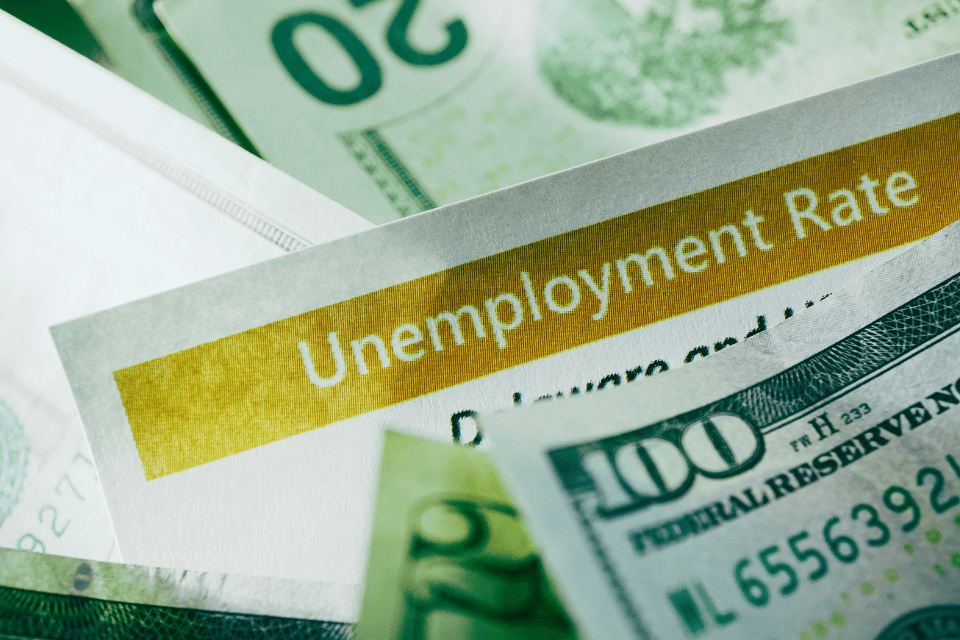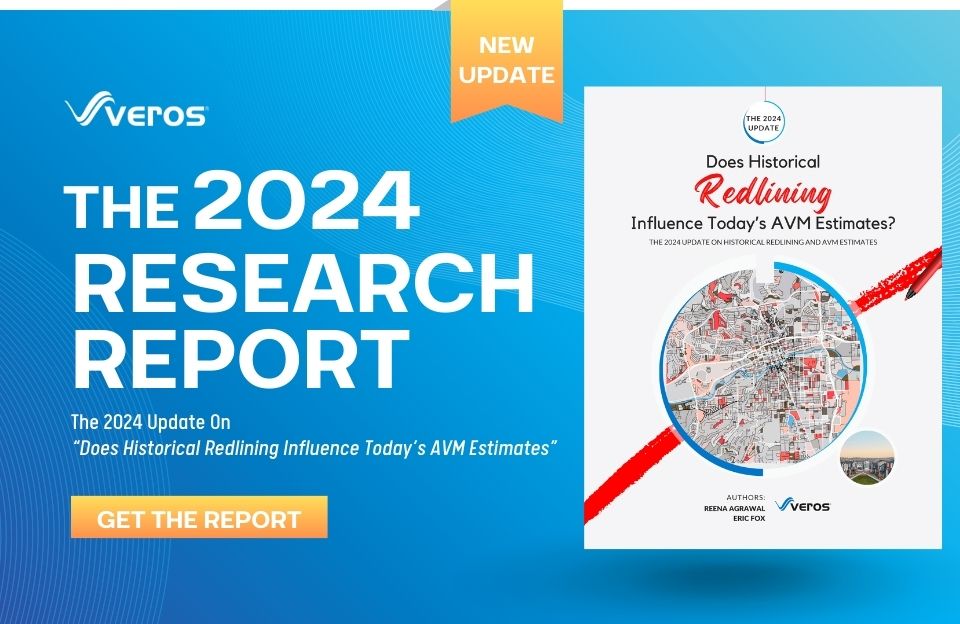Veros’ forecast predicts the national unemployment rate to rise to 4.4% by end of 2024, reflecting a gradual cooling down of the labor market.
The Stats: Jobs Up, Unemployment Up Slightly
Looking back, unemployment hovered between 3.4% and 3.9% from February 2022 to April 2024. However, May 2024 saw a shift – the first time in 27 months that the rate climbed above 4%, while the June 2024 reading came in at 4.1%. Additionally, the number of long-term unemployed (27 weeks or more) increased by 166,000 to 1.5 million in June compared to the previous month.
Here’s the bright side: the U.S. economy is still adding jobs. June 2024 saw a healthy jump of 206,000 new non-farm payroll positions. The average monthly job growth of 222,000 for 2024 is just below 2023’s impressive 251,000 average. Healthcare, government, social assistance, and construction led the charge in June, each adding significant jobs.
Is the Market Cooling Down?
Some signs suggest a potential cooling effect. Job gains for March were revised downward, while the economy created 111,000 fewer jobs in April and May than previously estimated. Further, unemployment edged up from 3.9% in April to 4.1% in June, and it has been a gradual climb since the January 2023 low of 3.4%. There are also fewer job openings – the JOLTS report shows a decline from 9.3 million in May 2023 to 8.1 million in May 2024. Plus, average hourly wages rose 3.9% annually, the slowest pace in three years.
Further, the quits rate, which measures voluntary job changes, has dropped from 2.6% in May 2023 (roughly 4 million quits) to 2.2% in May 2024 (around 3.5 million quits). This suggests employees are less likely or able to find new positions compared to last year.
The Forecast & What it Means for the Housing Market
Most predictions align, with the unemployment rate expected to settle between 4% and 4.2% by year-end. This gradually slowing job market has once again raised expectations in the market that the Federal Reserve might start cutting rates in September compared to earlier forecasts of a potential single rate cut towards the end of the year. June 2024’s inflation data is key for markets seeking confirmation; a larger-than-expected rise could dampen expectations of a cut, while a lower-than-expected figure could strengthen market confidence in a September cut. The current 30-year fixed rate mortgage is at 6.95% according to Freddie Mac data. Forecasts range from 6.5% to 7.0% for the 30-year fixed rate by the end of the year, with Veros’ forecast at 6.9%.
High mortgage rates are squeezing affordability, making it tougher for many buyers to reach for their dream home. While this has dampened demand somewhat, a robust job market continues to provide underlying support. As a result, we might see a shift in buyer priorities, with affordability taking precedence over factors like extra square footage or prime locations. This could translate to increased interest in starter homes or smaller properties in more budget-friendly areas.
On the other hand, housing inventory is gradually rising. Some sellers, benefiting from historically low mortgage rates, are reluctant to list their homes. However, others facing a need to move can’t afford to wait. This conflicting dynamic is leading to an increase in available properties. Despite this rise in inventory, home prices remain stubbornly high due to continued strong overall demand.










